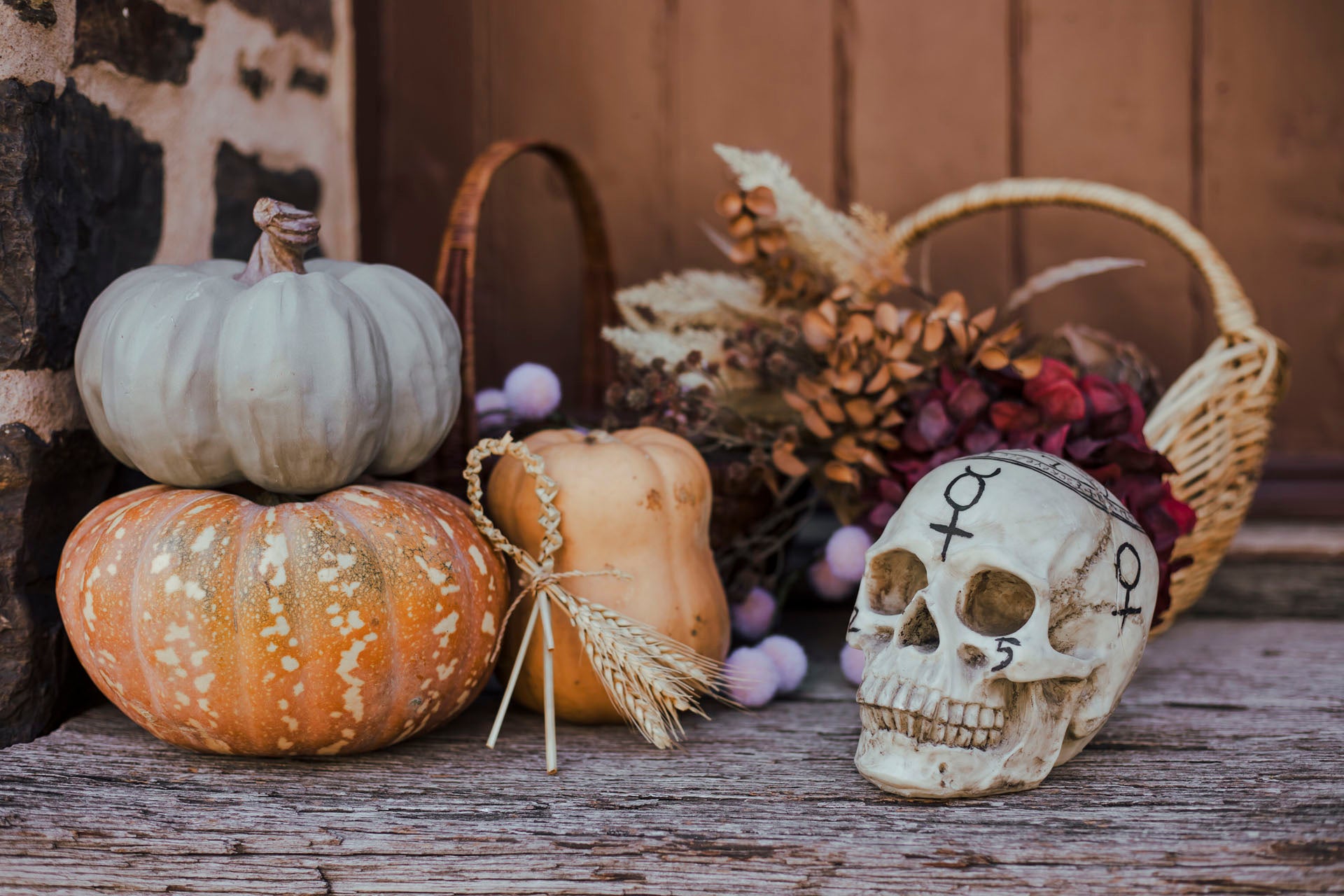
Symbology and Folklore - A Tale of Barley Moon!
Learn about the magic behind our stunning fabric
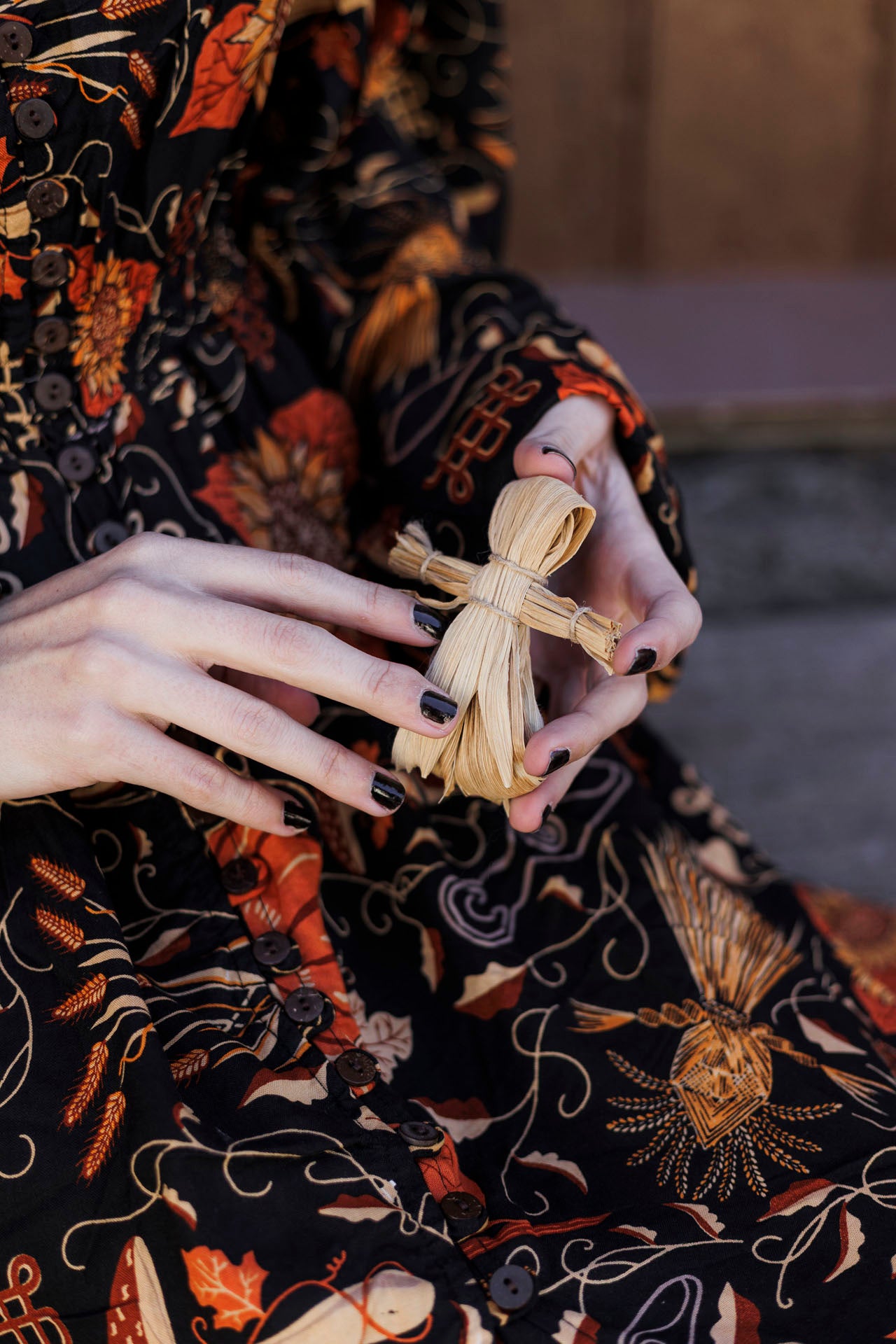
🌾 The History of the Corn Dolly 🌾
The “corn dolly” is an ancient harvest charm, but despite its name, it isn’t really a doll. In old England, “corn” meant any grain; like wheat, barley, oats, or rye. At the end of harvest, farmers would weave the last sheaf of grain into a small figure or intricate plait.
These charms were believed to hold the spirit of the crop through the barren winter months. When spring arrived, the corn dolly was returned to the fields... buried in the first furrow to bless the next season’s growth.
Across Europe, different regions had their own styles: spirals, knots, hearts, and woven figures, each carrying their own symbolism of fertility, protection, and renewal. Today, corn dollies still remind us of the old bond between people, land, and the cycles of nature.
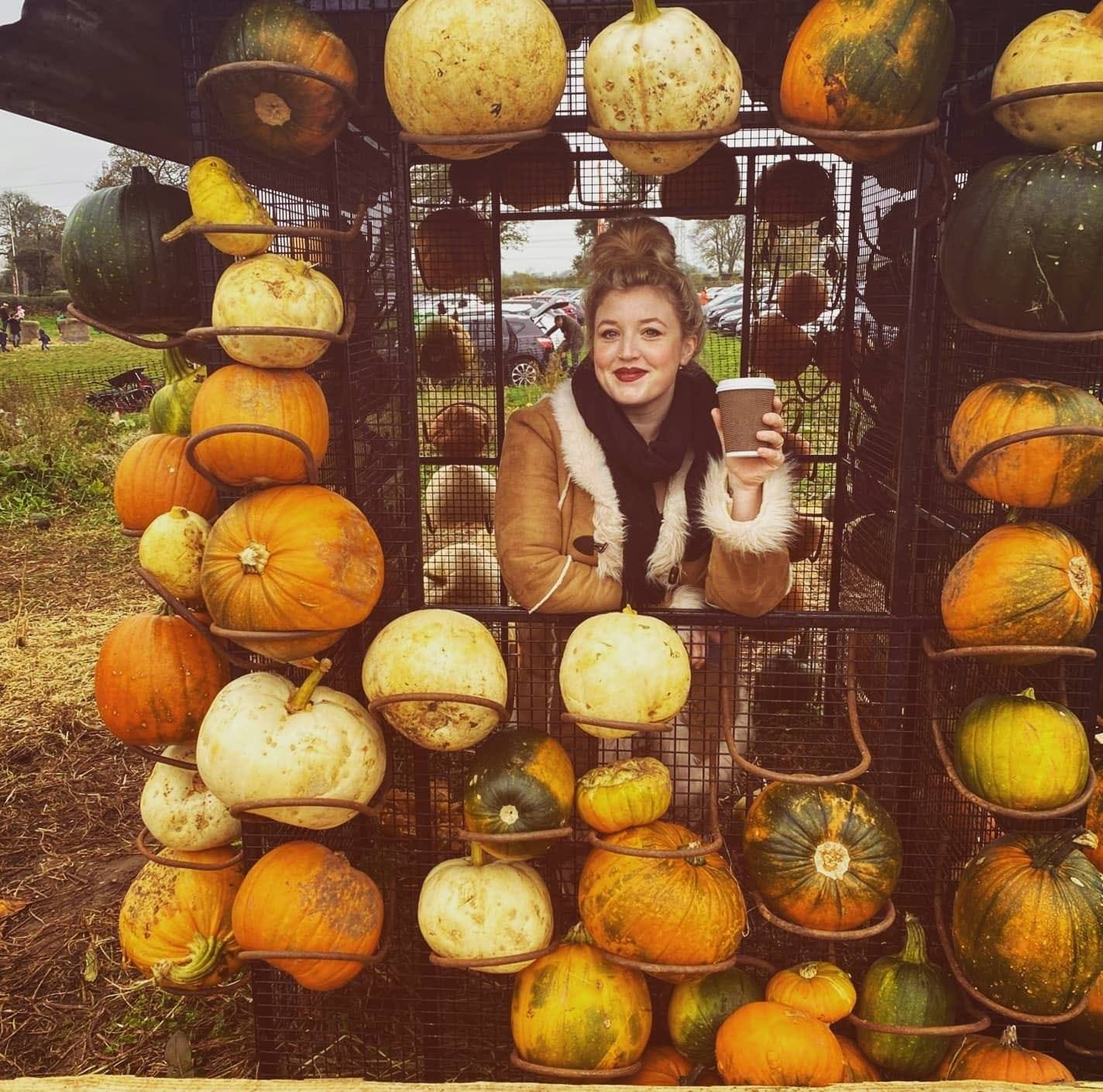
🎃 Witches & Pumpkins 🎃
The connection between witches and pumpkins traces back to the olde harvest festivals that inspired Halloween. Pumpkins, like other gourds, were symbols of fertility, abundance, and protection. When carved into lanterns, they became guardians against wandering spirits on 'All Hallows’ Eve' or the night of the thinning veil... a practice rooted in Celtic Samhain traditions.
In folklore, witches were often tied to the cycles of nature, harvest, and the spirit world. The glowing lantern came to be seen as a magical ward, its fiery light keeping away mischief and malice... just as witches were believed to harness fire, herbs, and seasonal rites. Over time, pumpkins became iconic in Halloween imagery, forever entwined with witches, magic, and the turning of autumn’s wheel.
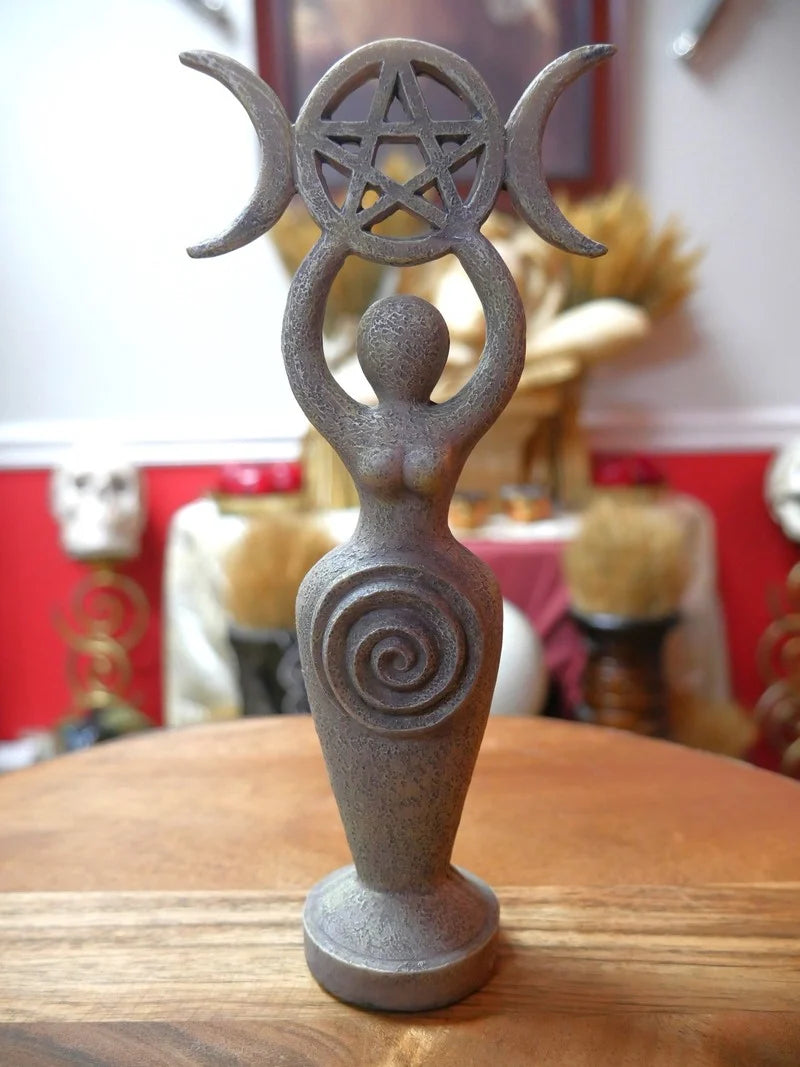
✨ The Spiral Goddess ✨
The Spiral Goddess is a modern pagan symbol, inspired by ancient carvings and earth-based traditions. She represents the sacred feminine, fertility, creativity, and the cycles of life. The spiral carved on her belly is one of the oldest motifs found in nature and art, symbolising to millions around the world in from many different backgrounds; growth, transformation, and the never-ending flow of energy.
Her image is rooted in Neolithic art and goddess worship, where spirals were carved into stones at sites like Newgrange in Ireland and the legendary spiral of Glastonbury Tor (our spiritual home and place of our annual events!). In contemporary paganism, she has become a powerful emblem of connection to the earth, the womb, and the rhythms of the universe... honouring both the inner journey and the eternal cycles of birth, death, and renewal.
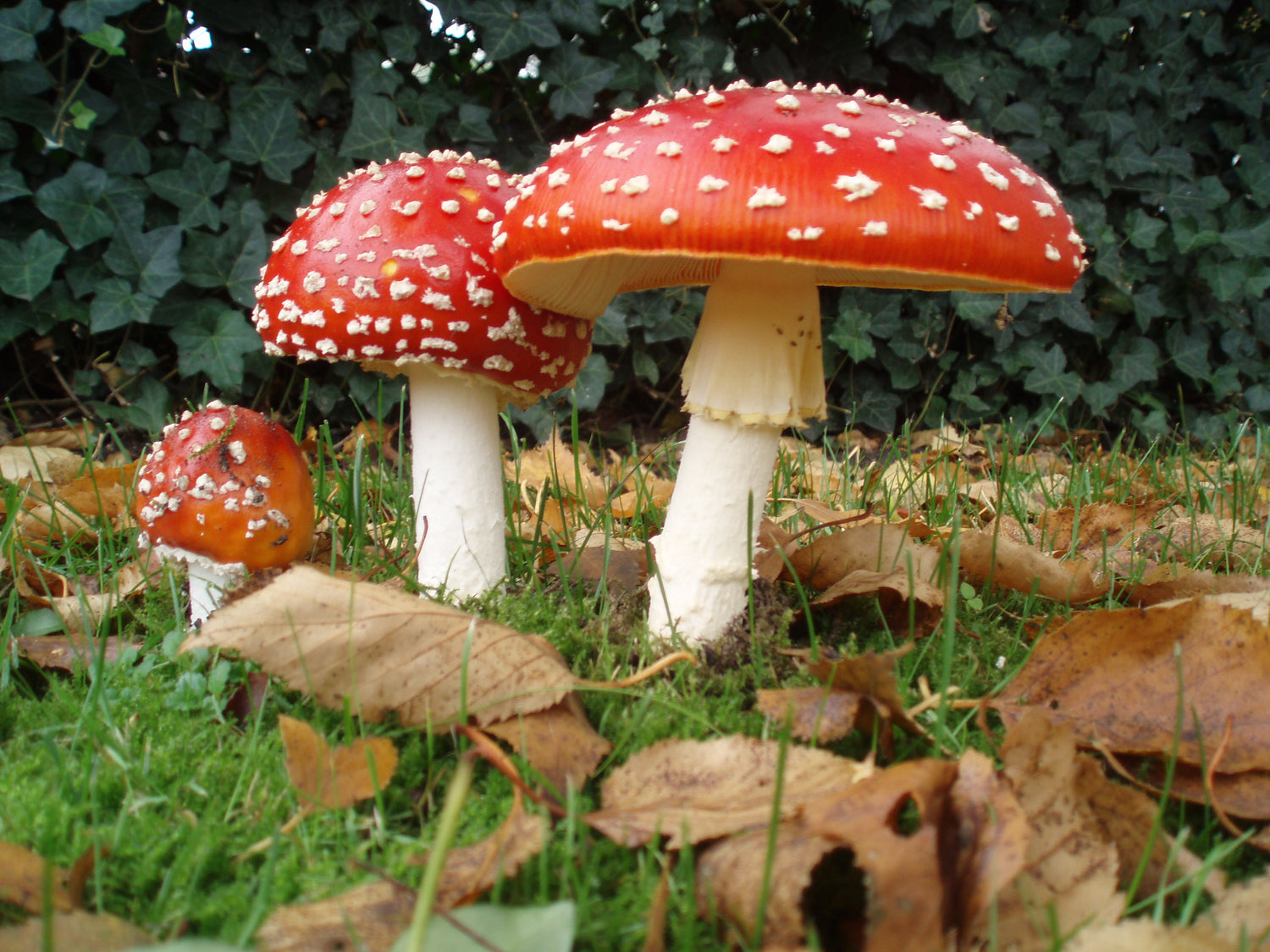
🍄 The Fly Agaric Mushroom 🍄
The bright red cap with white spots of the fly agaric is one of the most iconic images in folklore. Found across Europe, Asia, and North America, this striking mushroom has long been associated with magic, fairytales, and the spirit world.
In many traditions, it was seen as a gateway between realms. Siberian shamans used it in rituals for visions and journeying, while in Norse mythology it was linked to the frenzy of battle and the wisdom of the gods. In European folklore, it often appears as the mushroom of fairies... sprouting in “fairy rings” where otherworldly beings were thought to dance.
Though toxic if eaten raw, the fly agaric remains a powerful symbol of mystery, transformation, and the blurred line between the natural and the supernatural.

🕸️ The Bowen Knot & Samhain 🕸️
The Bowen knot, with its four interlaced loops, is often seen as a symbol of protection and eternity. In Celtic tradition, Samhain marked the time when the veil between worlds grew thin, and protective charms were especially important. The endless weave of the Bowen knot was thought to guard against wandering spirits, keeping balance between the seen and unseen realms.
Its unbroken lines also echo the Samhain theme of cycles... death feeding life, endings becoming beginnings, and the eternal turning of the year. As a talisman, the Bowen knot embodies both continuity and protection, making it a fitting emblem for this liminal festival of remembrance and renewal.

🌻 Sunflowers in Folklore 🌻
With their golden faces turning to follow the sun, sunflowers have long been seen as symbols of warmth, loyalty, and vitality. In many cultures, they embody devotion and the life-giving power of the sun itself.
In European folklore, sunflowers were planted near homes and fields for protection, believed to guard against misfortune and attract abundance. Their tall, bright blooms were seen as living talismans of hope, light, and resilience; standing strong even as the seasons shift.
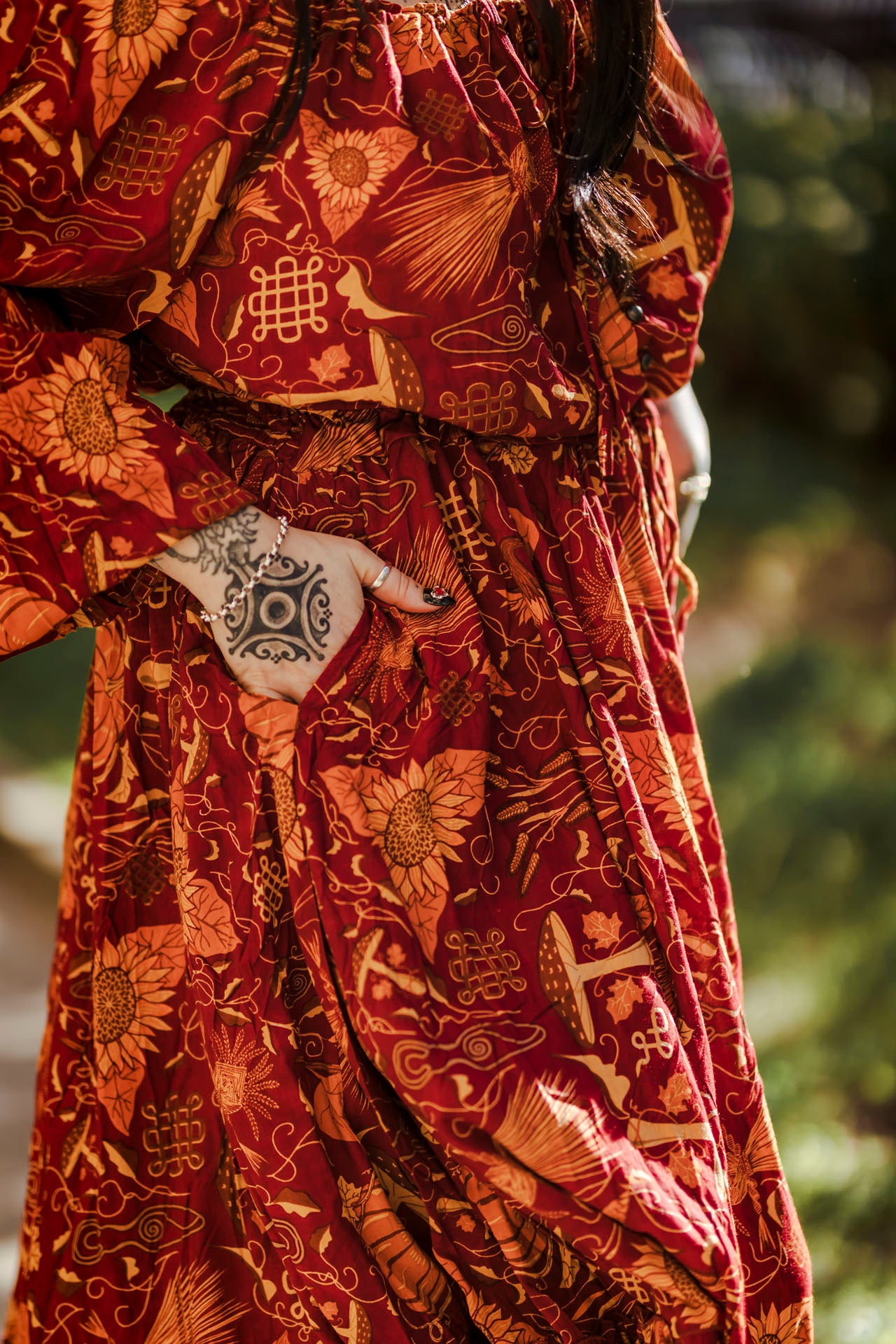
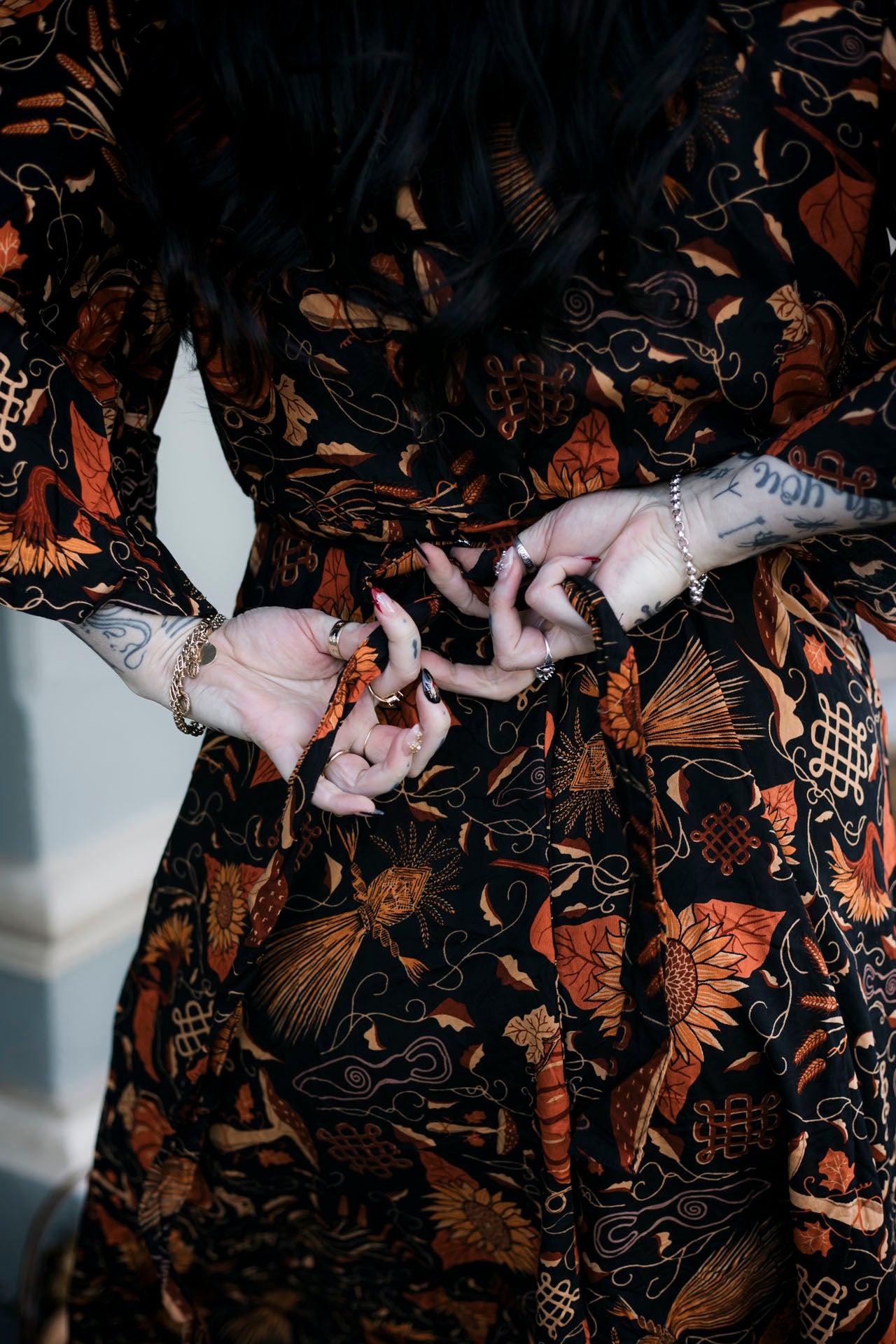
Join our mailing list for early access to new drops, behind-the-scenes design stories, and exclusive community discounts.

